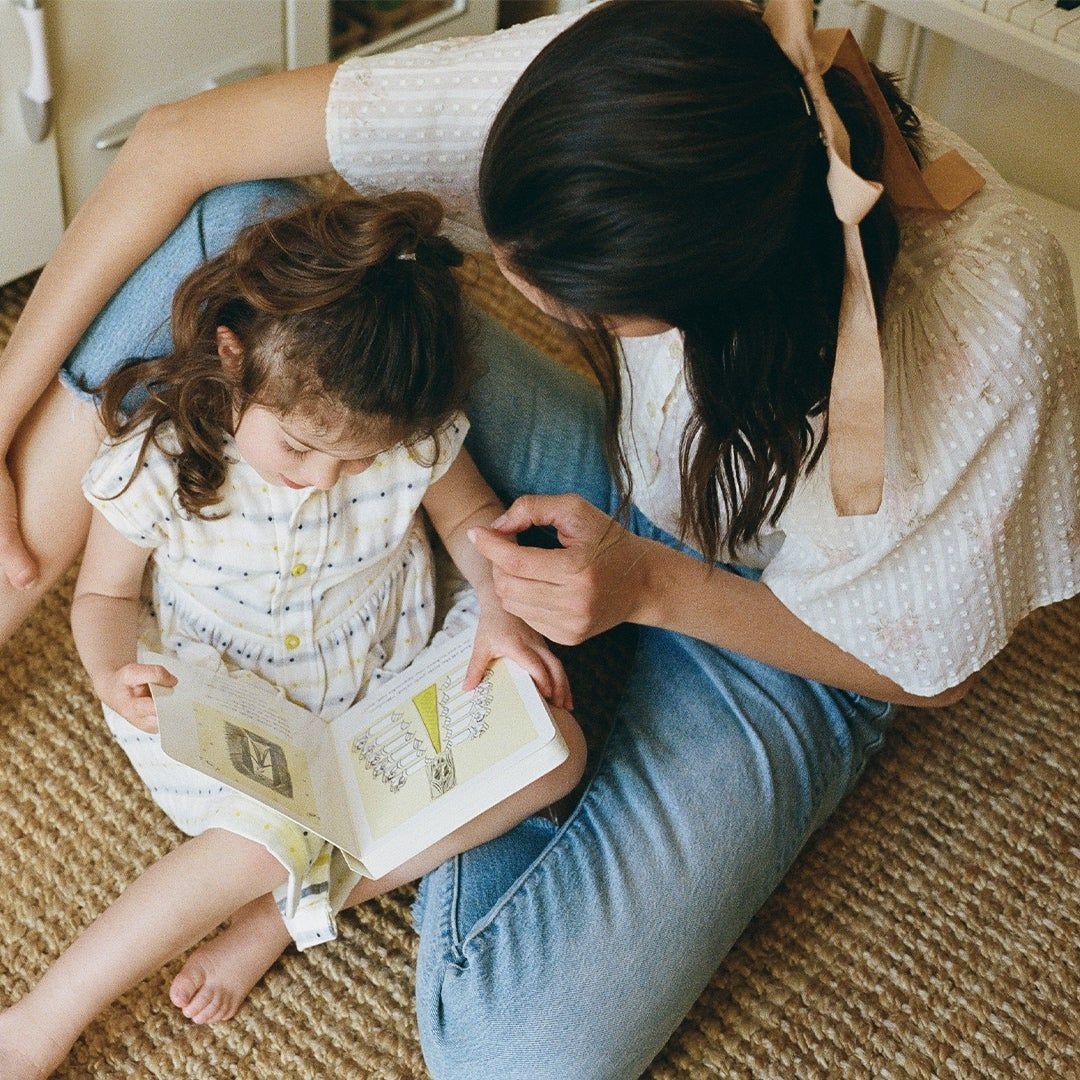
Parental Arts
How Much Should We Edit Our Kids’ Books?
The writer Marnie Schwartz considers the responsibility we have as parents to curate our child's literary world, and consults the experts for a winning approach.
- Written By
- Marnie Schwartz
When I became a parent four years ago, one of the things I looked forward to most was rediscovering my favorite children’s books and exploring the incredible and evolving world of children’s literature with my kids. But as we’ve revisited my own favorites or ones passed on to us by relatives and friends, I have been disheartened to find racist imagery, sexism, fat-shaming, guns (so many guns!), and more on our shelves. There are books we’ve parted ways with, and with others, my husband and I started editing as we read, tipping each other off to the words we were changing and the pages and stories we were skipping altogether. (Some parents I know actually cross out words and write in the new ones.) But as our older son starts recognizing letters and sounding out words, we need a better strategy.
Talking to Sarah Park Dahlen, Ph.D., a professor of library science at St. Catherine University who researches diversity in children’s literature, I realize that my first mistake is diving into these books for the first time (or the first time as an adult) with my kids. Dahlen suggests reading books alone first, so you have the chance to critically analyze them and make sure you want to share them with your child. “We have a responsibility to share good books—the best books we can—with our young people,” she says. “And we have a responsibility to evaluate all of those books before we share them with children.” By giving a story collection a read in advance, I can decide if there are ones I’d rather just skip, or if a certain one might be worth reading with some discussion.
After all, encountering problematic language or images in a book is a lot like encountering them in the world. We can choose to ignore them, and leave our kids confused by our silence, or we can use them as a springboard into sometimes hard, but always important, conversations. “It’s better to address it than to avoid talking about it,” says Regan McMahon, the deputy editor of books at Common Sense Media, who adds that “books can be used to talk about difficult topics.” Even very young children can consider questions like, “How do you think that made him feel?” or “Does that seem fair to you?” says McMahon.
Just because something was once considered a “classic” doesn’t mean we shouldn’t continue to question whether it deserves a spot on our shelves.
“It’s important to teach our kids to read critically, and it’s never too early to teach them to ask questions and how to look for stereotypes,” says Dahlen. In fact, helping kids become actively engaged in discussion about what they are reading, rather than just passively receiving it, is one of the strategies to help them build a lifelong relationship with books, says McMahon. It also helps children build the skills to independently challenge material once they’re reading on their own.
That said, not every book is worth holding onto, and just because something was once considered a “classic” doesn’t mean we shouldn’t continue to question whether it deserves a spot on our shelves. The stories and images we provide our kids with have power, and I want to make sure that as much as possible, our collection reflects our values.
Earlier this month, Dr. Seuss Enterprises announced they would be ceasing publication of six of his books because they “portray people in ways that are hurtful and wrong.” Articles abounded about the “canceling” of a beloved author. But nobody suggested tossing every delightful rhyme; the owners of the material themselves decided to self-edit, and stop selling stories that harm Black and Asian children and families.
And why fight to hold on to damaging books, when there are so many amazing options out there? “When we stay tethered to the books of our childhoods, we might be precluding opportunities for our kids to be exposed to more, better books,” says Dahlen. She suggests tapping librarians and teachers for reading lists, as well as the resources available at The Conscious Kid and Reading While White.
While re-experiencing certain stories through my sons’ eyes has been full of the nostalgia and joy I hoped for, I’ve also realized that part of the magic of reading lies in the search for that perfect story that makes your heart sing. As we look for beautiful, meaningful, compassionate, diverse books together, we can find new favorites—and delight in their discovery.